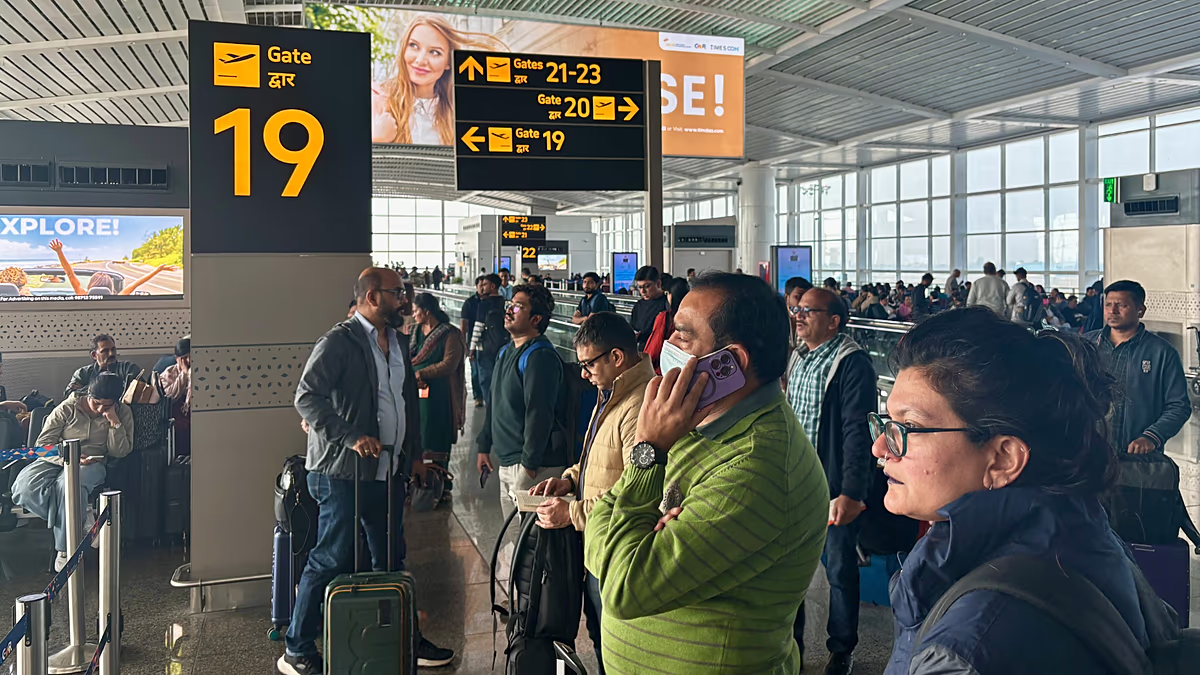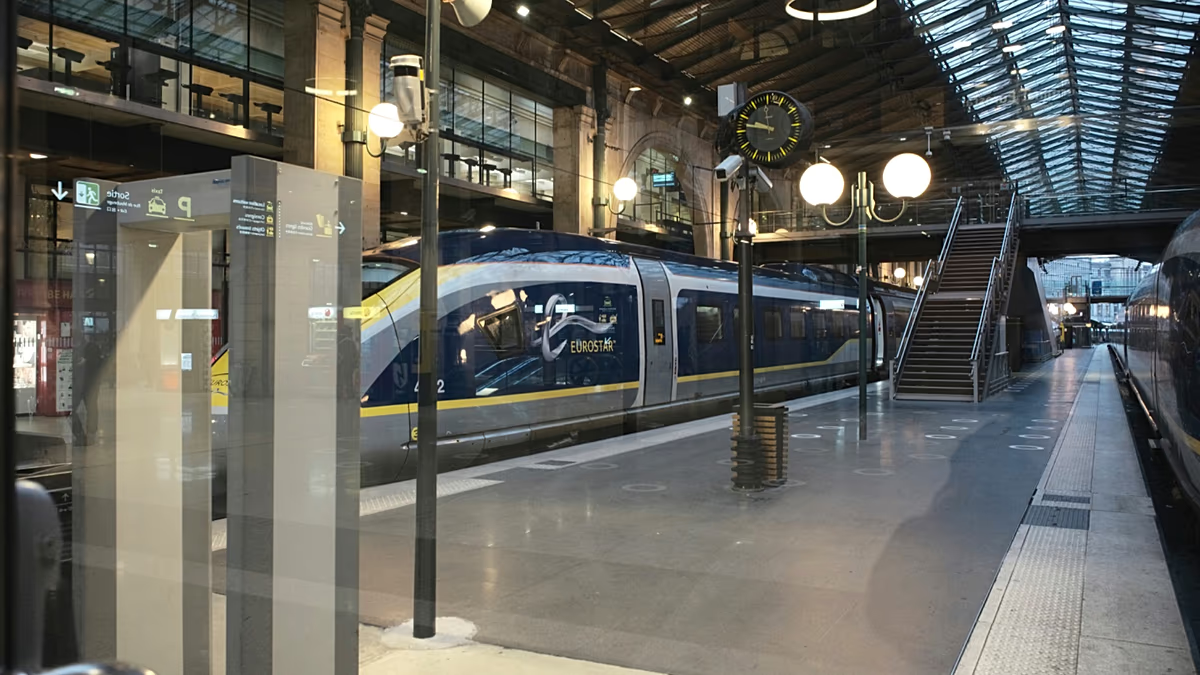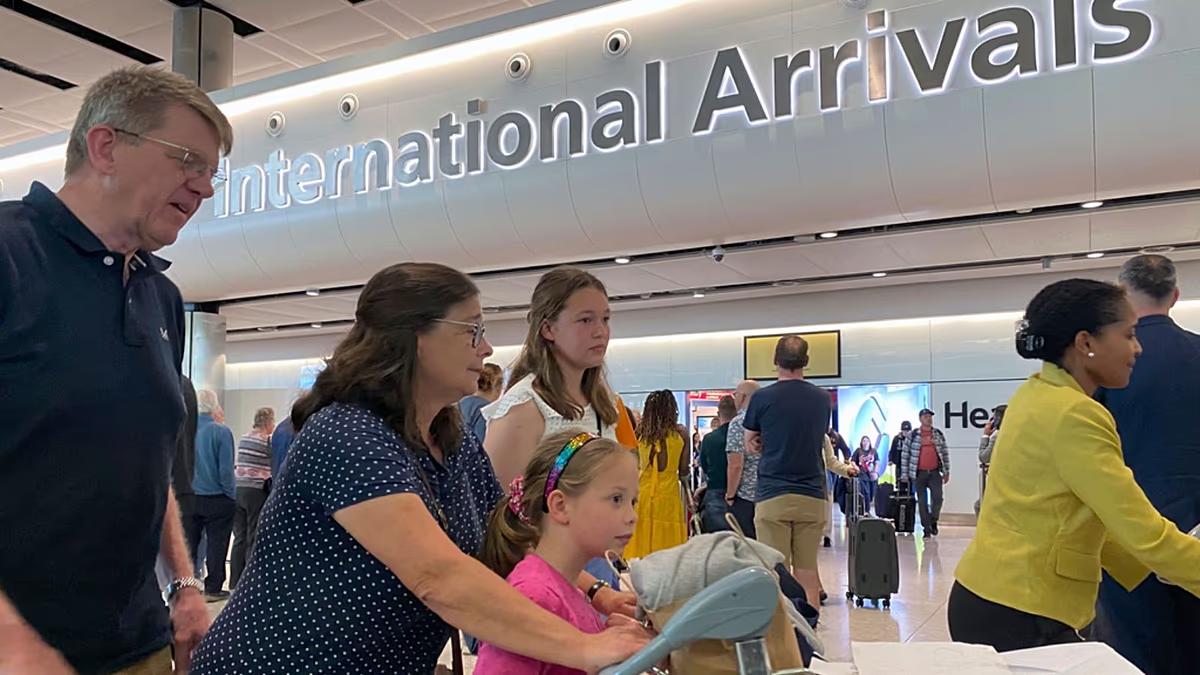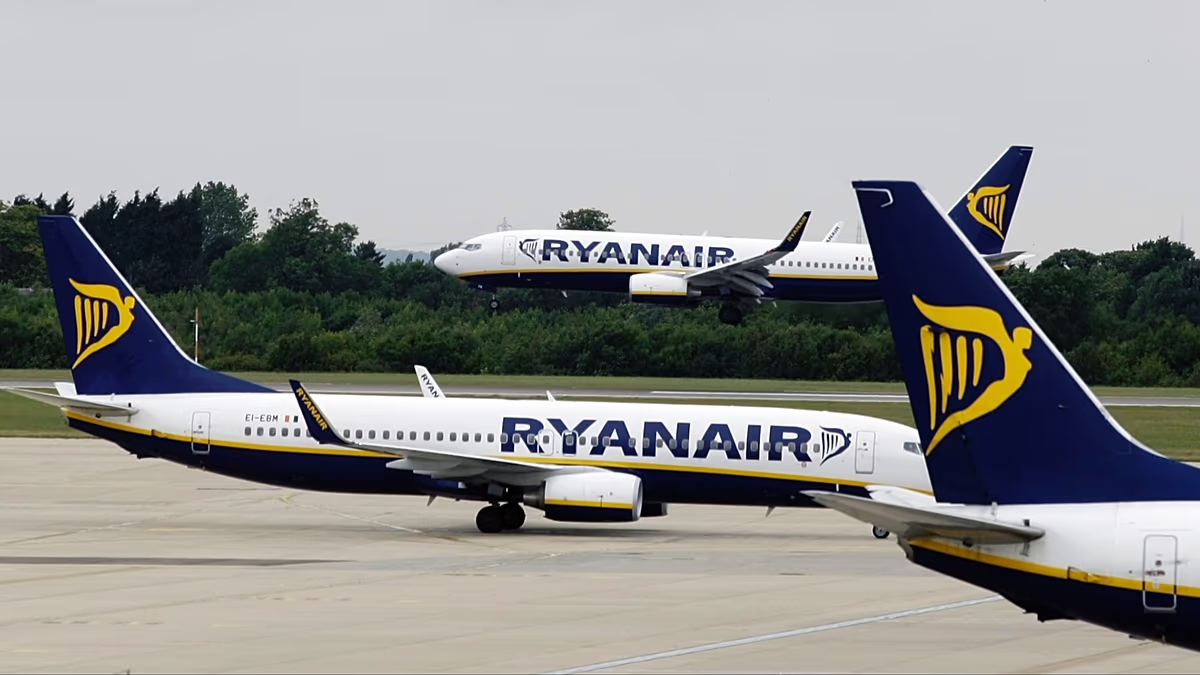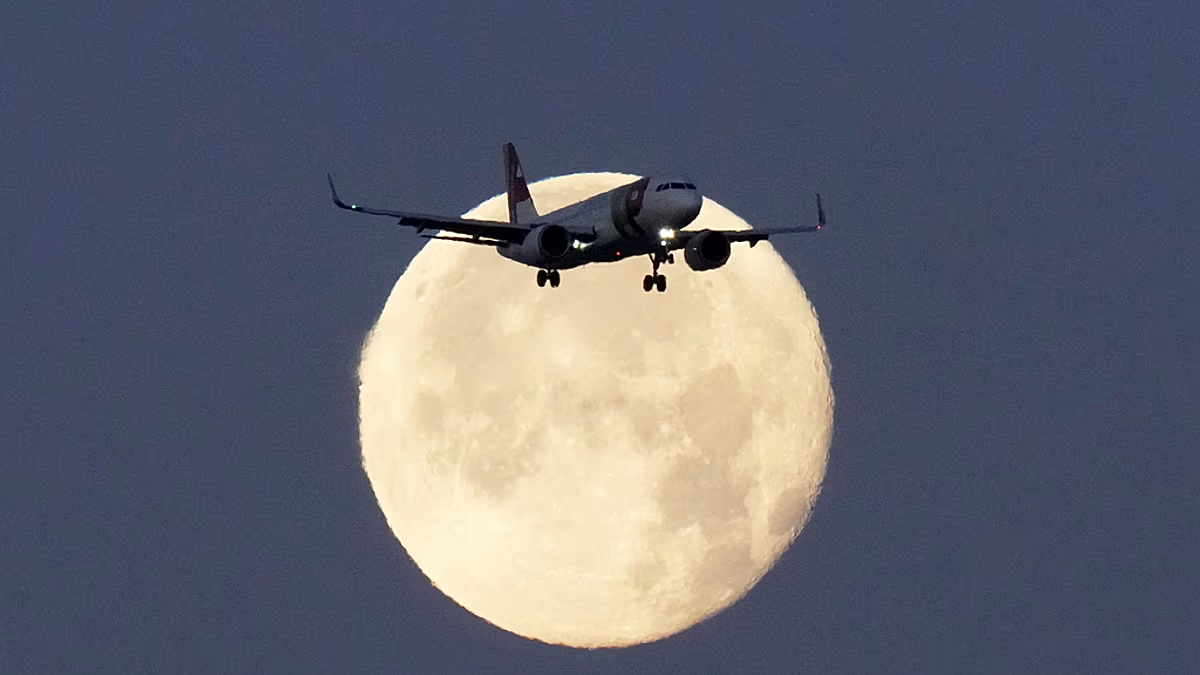Palma de Mallorca: A City at the Crossroads of Tourism Reform
Palma de Mallorca, the stunning capital of Spain’s Balearic Islands, has long stood at the epicenter of the country’s heated overtourism debate. For years, this Mediterranean jewel has attracted millions of visitors with its pristine beaches, historic architecture, and vibrant culture. However, the sheer volume of tourism has created significant challenges for local residents, leading to protests, policy debates, and now, potentially significant changes in how the city manages its tourism industry. The tensions that have simmered for years between maintaining economic prosperity and preserving quality of life for residents appear to be reaching a critical turning point, with city officials considering unprecedented measures to create a more sustainable path forward.
The story of Palma’s tourism transformation mirrors that of many beloved destinations worldwide that have become victims of their own success. What began as an economic blessing—bringing jobs, international investment, and global recognition—has increasingly revealed its darker side. Local residents have watched as their historic neighborhoods transformed into vacation rental districts, as housing prices soared beyond what locals could afford, and as traditional businesses were replaced by establishments catering primarily to tourists. The congested streets, overwhelmed infrastructure, and environmental concerns have fueled growing frustration among Mallorcans who feel their island paradise is being loved to death. This sentiment has manifested in grassroots movements, political campaigns, and public demonstrations calling for immediate action to address the imbalance between tourism’s benefits and its burdens on the community.
Recent developments suggest that local authorities are finally preparing to take bold steps that could fundamentally alter the tourism landscape in Palma. Proposed measures include stricter regulations on vacation rentals, potential caps on cruise ship arrivals, increased tourism taxes, and designated “locals-only” spaces within the city. These initiatives represent a significant philosophical shift in how the destination views its relationship with tourism—moving from a model focused primarily on growth to one that prioritizes quality over quantity and sustainability over short-term gains. Business owners find themselves divided, with some opposing any restrictions that might reduce tourist numbers while others recognize that the current trajectory threatens the very qualities that make Mallorca special in the first place.
The human dimension of this debate extends beyond policy discussions into the daily lives of Palma’s residents. For Maria, a third-generation restaurant owner in the city’s historic quarter, the tourism debate isn’t abstract—it’s about whether her grandchildren will be able to afford to live in the city their family has called home for generations. For Carlos, a young hotel worker, tourism provides essential employment but also means he can no longer afford an apartment near his workplace. For Elena, a retired teacher, it means navigating crowded streets and watching familiar landmarks become increasingly commercialized. These personal stories reflect the complex reality that tourism isn’t simply good or bad—it’s an industry that brings both opportunity and challenge, requiring thoughtful management to maximize benefits while minimizing harm.
Environmental considerations have increasingly taken center stage in Mallorca’s tourism discussion. The island’s delicate ecosystem faces mounting pressure from water usage, waste generation, coastal development, and carbon emissions associated with mass tourism. Local environmental organizations have documented concerning changes to marine life, natural habitats, and resource availability that threaten both the ecological health of the island and its long-term viability as a destination. This growing awareness has prompted calls for tourism models that actively support conservation efforts rather than undermining them. Innovative programs connecting visitors with environmental restoration projects, carbon offset initiatives for travelers, and eco-certification requirements for tourism businesses represent promising approaches that could help reconcile tourism with environmental stewardship.
As Palma de Mallorca stands at this pivotal moment, its experience offers valuable insights for destinations worldwide facing similar challenges. The city’s evolving approach suggests that sustainable tourism requires moving beyond simplistic economic metrics to embrace a more holistic vision that values community wellbeing, cultural authenticity, environmental health, and visitor experience. The solutions emerging in Mallorca—from regulatory frameworks to community engagement processes to technological innovations—could provide a blueprint for other beloved destinations seeking to preserve what makes them special while still welcoming visitors. Whatever path Palma ultimately chooses, its journey represents a critical case study in the global effort to transform tourism from an extractive industry into one that genuinely benefits both travelers and host communities for generations to come.





